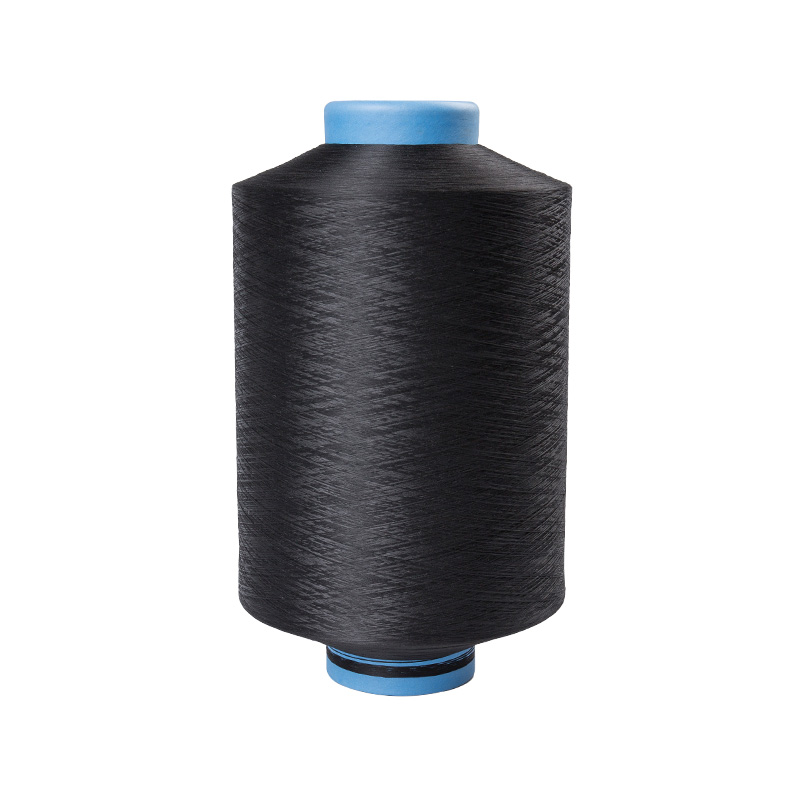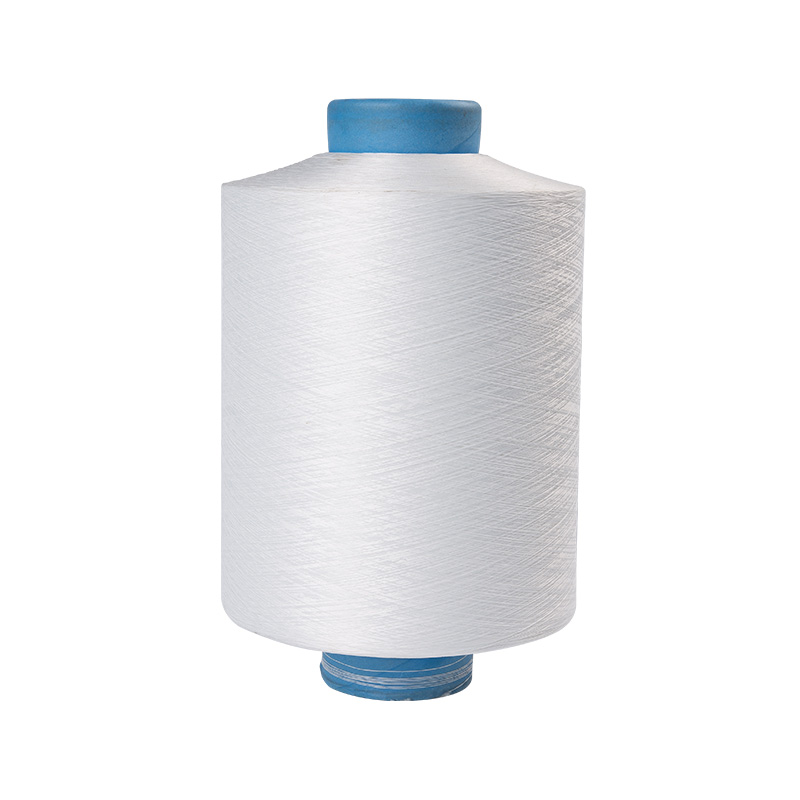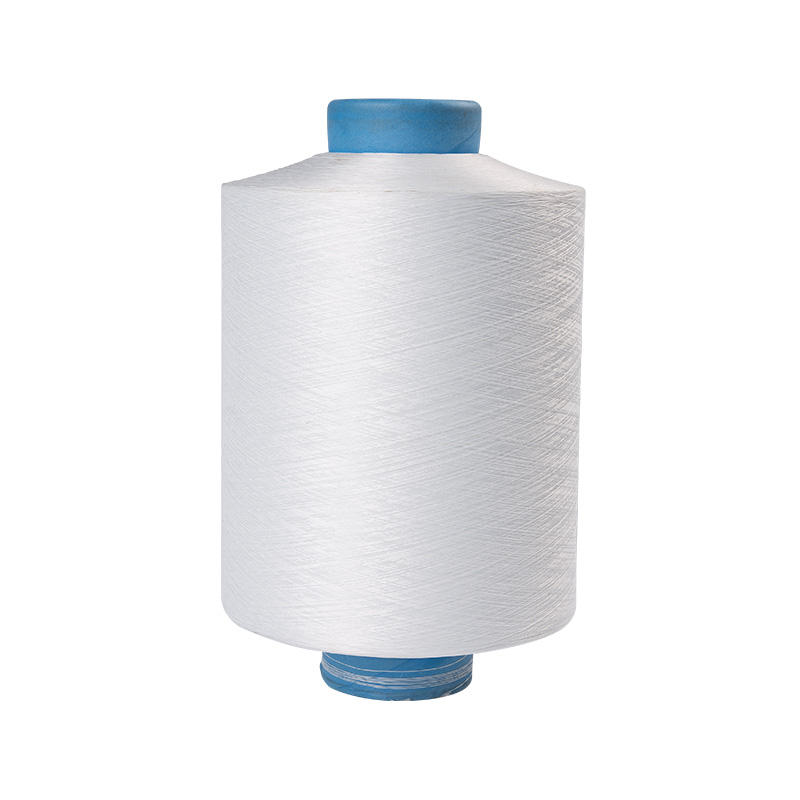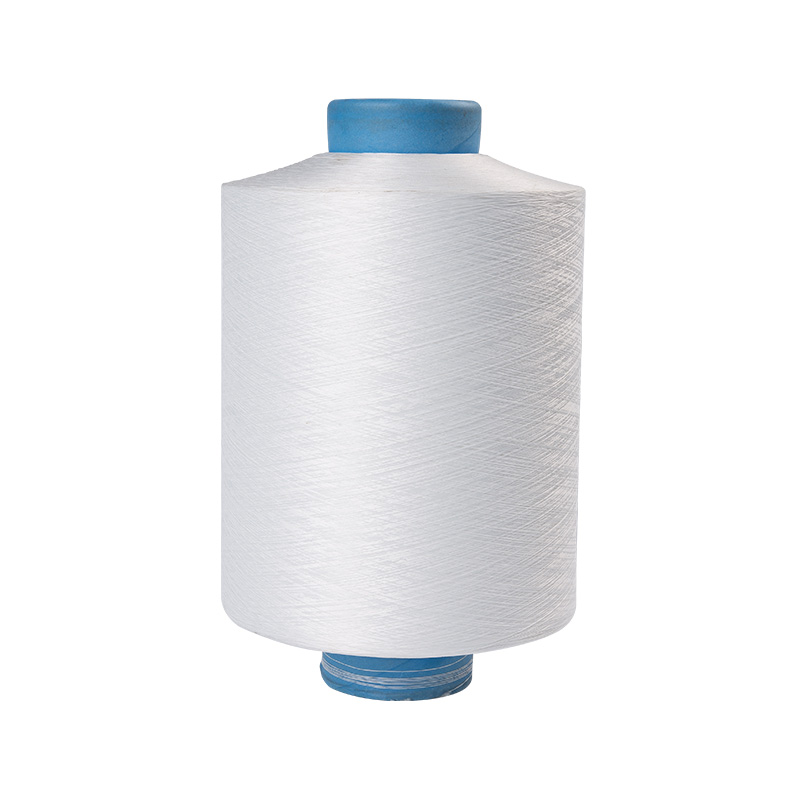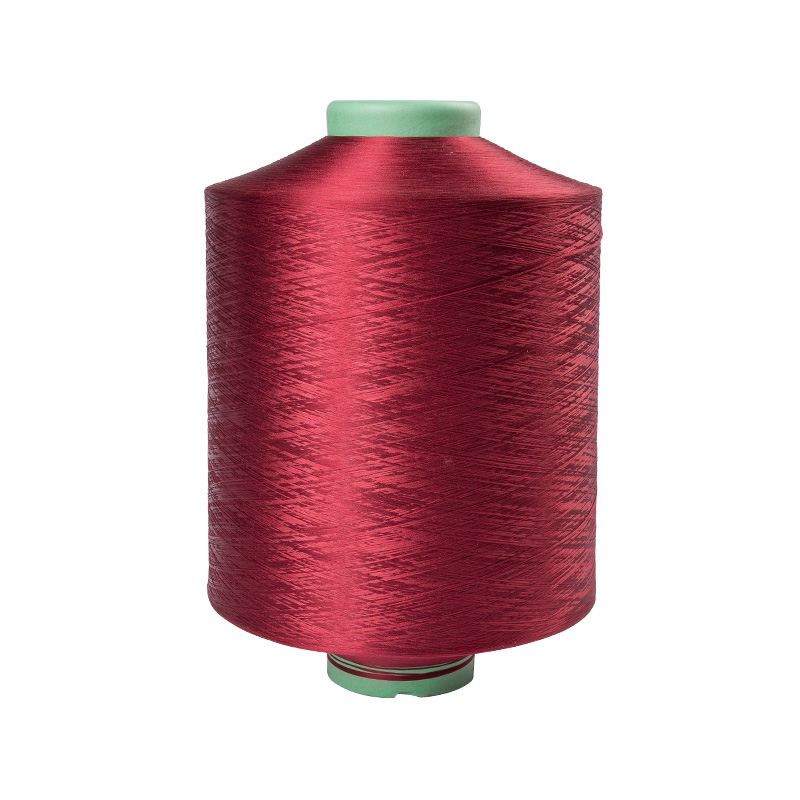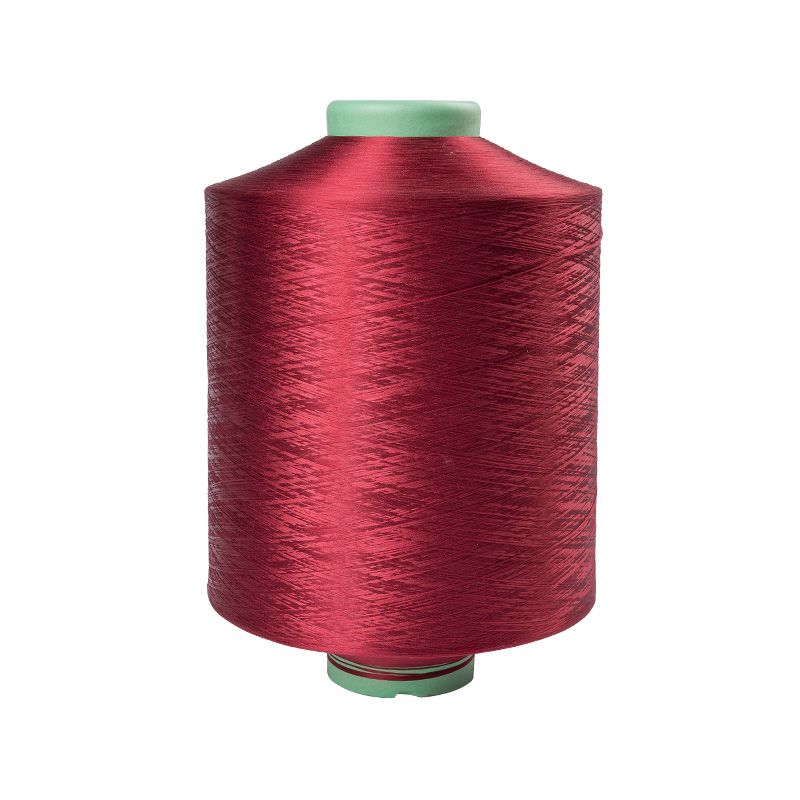In the intricate world of textile manufacturing, the choice of yarn plays a pivotal role in determining the strength and durability of the final product. Bright Partially Oriented Yarn (BPOY) stands out as a key player in this regard, with its unique partial orientation significantly influencing the overall robustness of knitted fabrics. This article delves into the ways in which the partial orientation of BPOY contributes to the strength and durability of knitted textiles.
Partial orientation refers to the deliberate alignment of a portion of the yarn's fibers in a specific direction during the manufacturing process. In the case of Bright Partially Oriented Yarn, this intentional alignment plays a crucial role in enhancing the yarn's performance and, consequently, the strength of knitted fabrics.
One of the primary ways in which partial orientation influences knitted fabrics is by boosting their tensile strength. The aligned fibers create a more cohesive structure, increasing the yarn's resistance to pulling or stretching forces. As a result, garments and textiles made from BPOY exhibit heightened strength, reducing the risk of tears or damage during use.
Partial orientation in BPOY contributes to improved abrasion resistance in knitted fabrics. The aligned fibers create a protective barrier, reducing friction and wear over time. This enhanced resistance to abrasion is particularly advantageous in applications where textiles are subjected to frequent rubbing or contact, such as in sportswear or workwear.
The intentional alignment of fibers in BPOY also plays a role in minimizing common textile issues such as pilling. The cohesive structure resists the formation of pills, ensuring that the fabric maintains a smooth and pristine appearance even after extended use. This reduction in wear-related imperfections contributes to the overall longevity of garments.
Partial orientation influences the dimensional stability of knitted fabrics, preventing excessive stretching or distortion. Fabrics made from BPOY maintain their shape and size, even after repeated laundering or extended periods of wear. This dimensional stability is particularly crucial in applications where precise fit and form are essential, such as in activewear or undergarments.
The influence of partial orientation in BPOY is not limited to enhancing the physical properties of knitted fabrics; it also opens avenues for innovative design. Designers can leverage the increased strength and durability to create intricate patterns, textures, and structures, knowing that the fabric will maintain its integrity throughout its lifespan.
In the world of textiles, Bright Partially Oriented Yarn emerges as a key player in fortifying the strength and durability of knitted fabrics. The deliberate partial orientation of fibers contributes to improved tensile strength, abrasion resistance, and dimensional stability, offering a myriad of benefits across various applications. As the textile industry continues to seek innovative solutions, BPOY stands as a testament to the importance of thoughtful yarn selection in crafting textiles that not only captivate the eye but endure the tests of time and use.

 English
English 中文简体
中文简体